For the love of art and clay: Ceramics at the Academy
Senior Ariana Oshiro peaking into the kiln to view her latest creations. This is the first stage of firing, called bisque firing. A kiln is a special oven used for firing pottery and ceramic pieces. Photo courtesy of Ember-Joy Guevarra.
Ceramics at the Academy
Kaycie Baltunado has been teaching ceramics at Sacred Hearts Academy for 23 years. Over the years, she’s watched her art students struggle but persevere as they learn how to mold and shape their creativity through clay.
She said, “As the years go by, my heart is filled with joy, as they perfect and master various techniques I have taught them.”
When students begin working on the potter’s wheel, she holds their hands while they throw on the wheel. “Throwing” is a method of centering clay on the wheel.
“They can feel what it feels like to move the clay up. I believe that if they know that feeling of doing it the right way, they will be successful in creating a vessel,” Baltunado said.
For those who want to start discovering art, senior Rory Redila said, “If you want to have a class where you can explore your creativity in clay, then I highly recommend taking ceramics.”
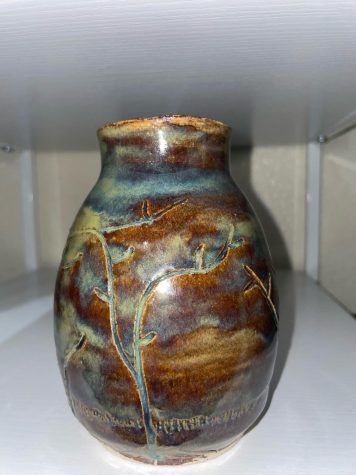
Stress relief and opportunities
When asked what the challenges, opportunities and benefits of ceramics are, Baltunado says there is a mixture of it all. She states that ceramics are very challenging and takes a lot of patience and perseverance to create a vessel. Her students learn patience, perseverance, critical thinking and time management from her classes–all of which are needed to be successful in the real world.
“Ceramics is different from other art courses because it is very kinesthetic. You use your body to help support (and) move the clay and your mind to create,” she said.
With aesthetic pieces comes lots of trial and error. Senior Ariana Oshiro said, “This class isn’t easy and just like any other art type, it takes a lot of time and effort to perfect it. This class has taught me so much about perseverance and patience. I’ve had moments where I broke my pieces because they were so ugly in my eyes. But I grew to the understanding that one bad piece doesn’t mean I’m bad at ceramics. I had to teach myself to work past these struggles.”
Oshiro has been in ceramics since her freshman year of high school and is currently in Ceramics VII. With all the experience and knowledge from ceramics class, she was also able to sell her pieces at an art event.
“Many people complimented me, which boosted my confidence majorly. I thought no one would like my pieces, but now so many people said I should up my pricing,” Oshiro said. After finally getting her name out there, this art class led to people acknowledging and admiring her work, plus a commission.
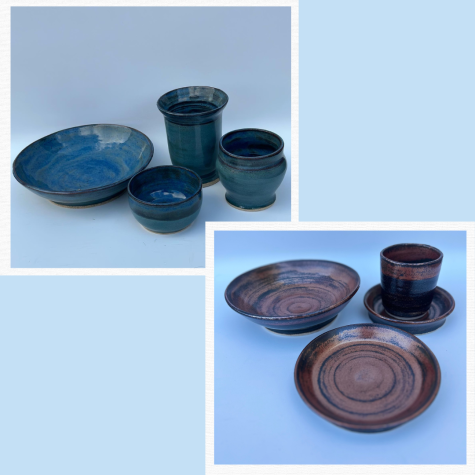
Redila, in her third year of ceramics, agrees with said benefits of the class.
“Ceramics has been a way to get away from everyone and release stress. The simple things in this class like wedging the clay helps release stress. I put my airpods in, and I find myself in my own bubble. It becomes just me and the clay,” she said.
In a pottery study by Fowler’s Clay Works, it’s been proven that after just 45 minutes of working with the clay, there is a measurable difference in your cortisol levels, or the hormone associated with stress. Because of its stress relief qualities, ceramic making can also be a natural painkiller for some stress-related pain. According to that same article, when working with clay, the tactile sense is engaged, which promotes a deeply meditative state. This mimics the simplistic childhood state of exploring through touch.
Oshiro said that she uses this class to be alone with herself.
“Even with a class full of people, I zone out and concentrate on my thoughts. It allows me to have a space for myself to relax,” she said.
Favorite pieces
Oshiro’s favorite piece is a Hannya mask. It is a Japanese demon that represents jealousy. This piece was chosen to be featured in the Punahou Kirsch Art Gallery showing in 2022. This art exhibit was a way for various schools to build solidarity through art.
For Redila, the finished product makes it all worth it.
“Painting the different glaze combinations and waiting to see how it turns out after being fired in the kiln is what makes me happy. It’s not necessarily making the piece but seeing the finished product,” she said.
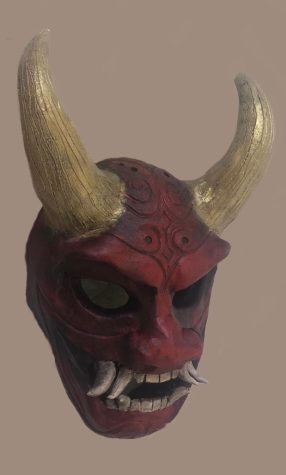
Creative bonds
With this being Oshiro’s fourth year in ceramics, there is more than just the clay keeping her in this class. “Mrs. Baltunado is an amazing teacher, and she’s why I keep coming back to this class. She has a way of teaching that makes me want to learn as much as I can. I’ve learned so much from her these past few years, and I’m still continuing to learn more.”
Should you take ceramics?
After hearing from veteran ceramics students at the Academy, ceramics provides stress relief and the convenience of making your own items. Oshiro says, “Ceramics is a really fun course if you have an artistic passion. If you want something, you can make it yourself.”
Baltunado says that her favorite part of teaching ceramics is watching each student progress and be proud of their final outcome. “I love when my students are proud of their work and are able to say that they made something functional or aesthetically beautiful from just a lump of clay.”

Ember-Joy is a first-year journalism student and senior at the Academy. As a student reporter, she hopes to learn and see new perspectives from her peers,...

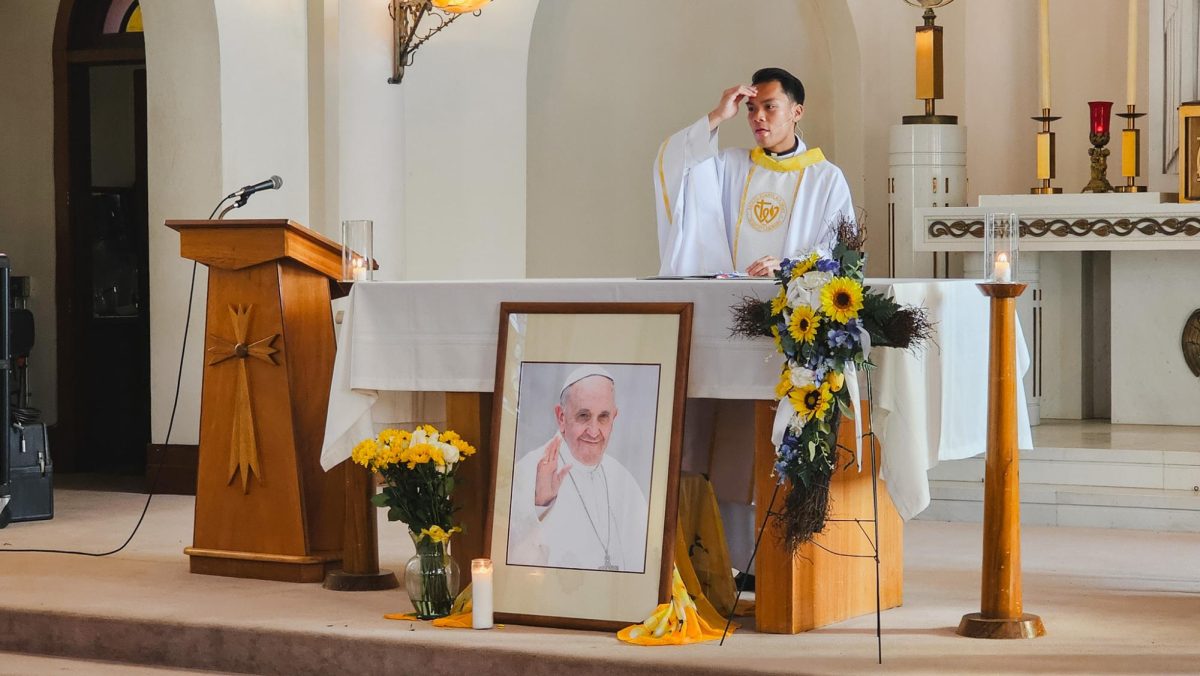

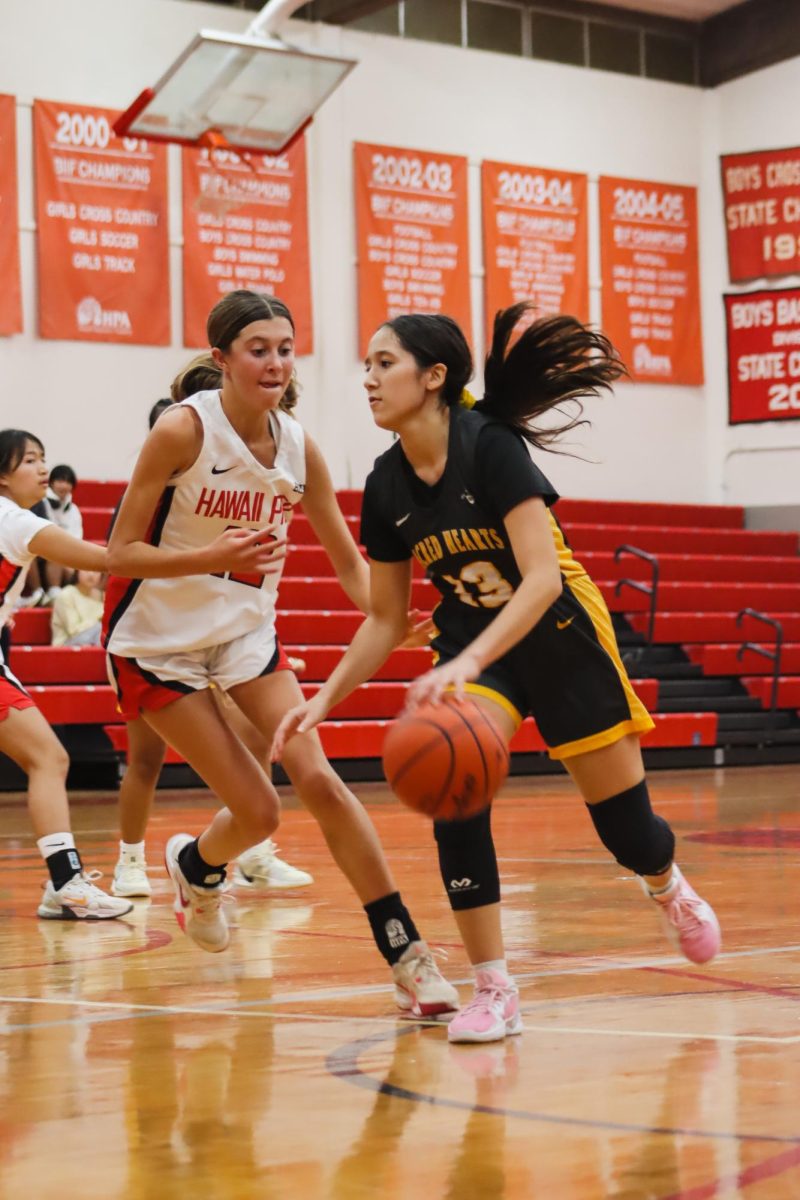
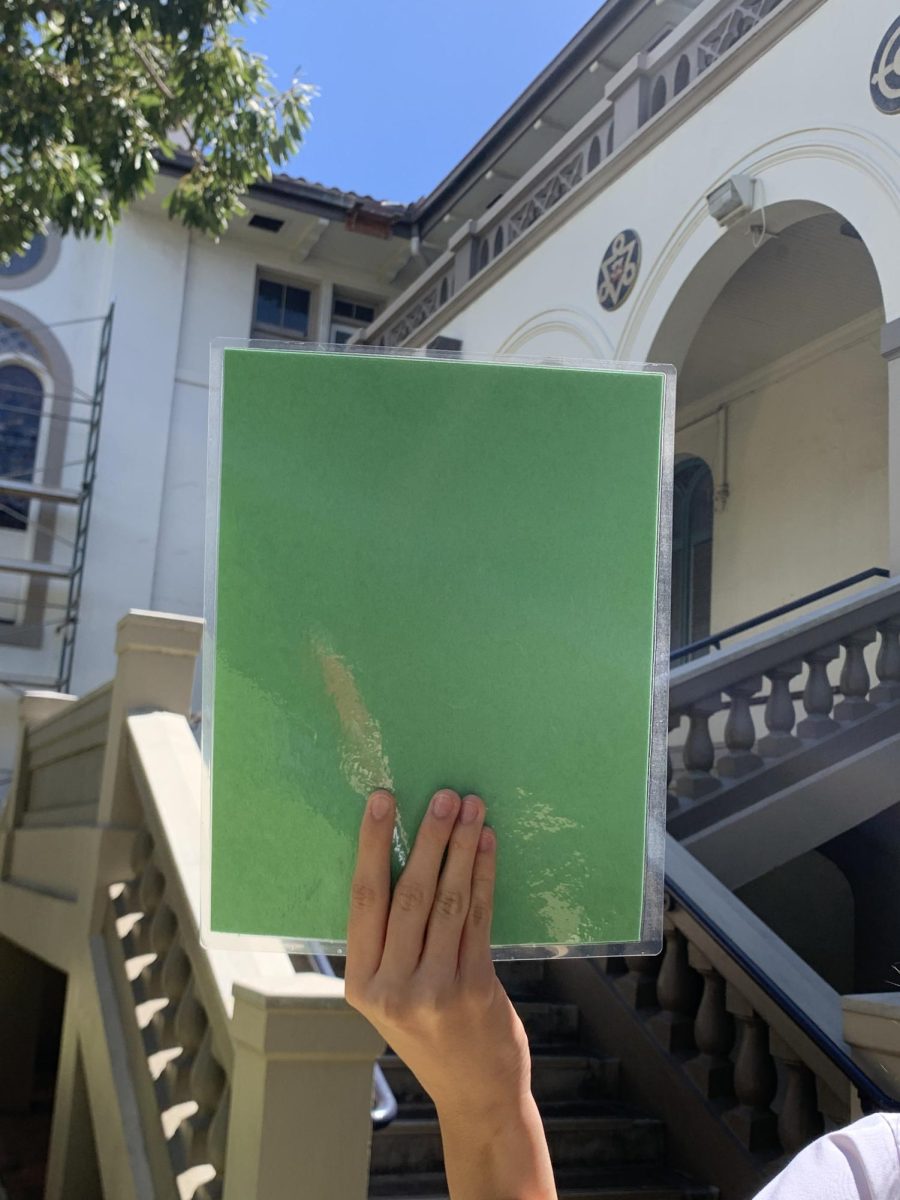

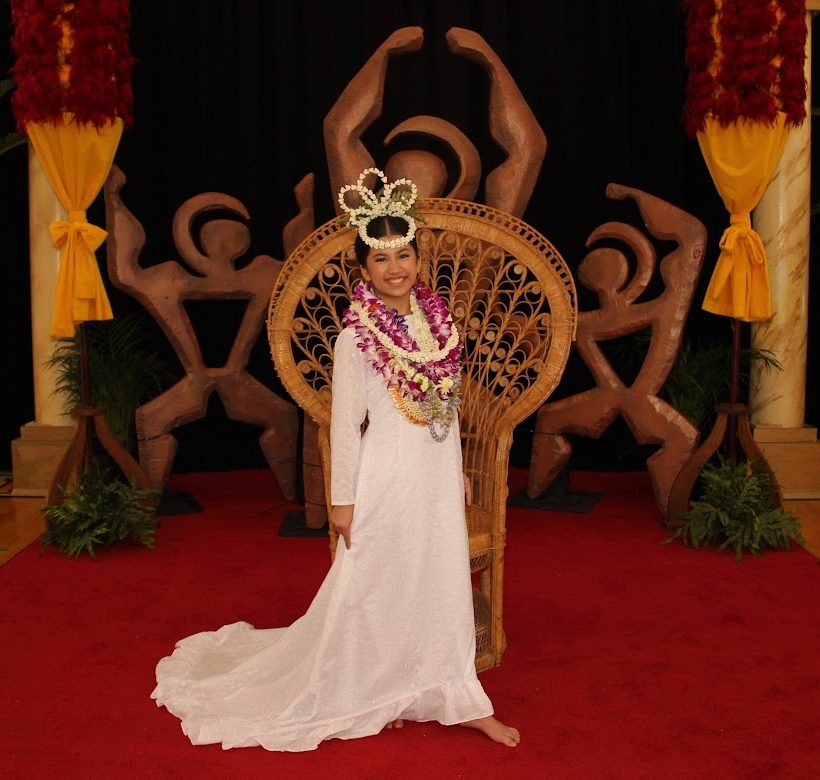

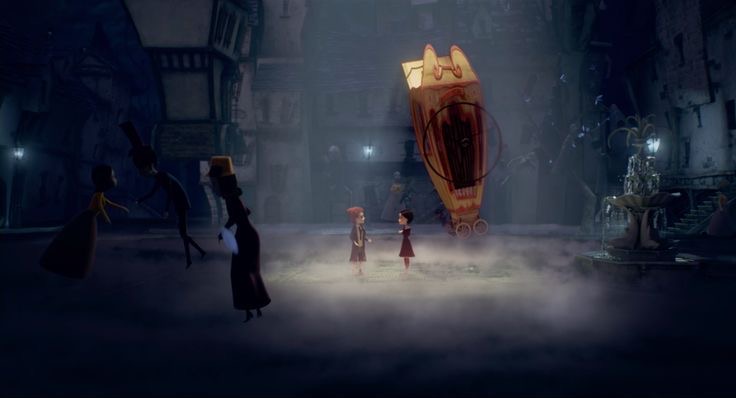


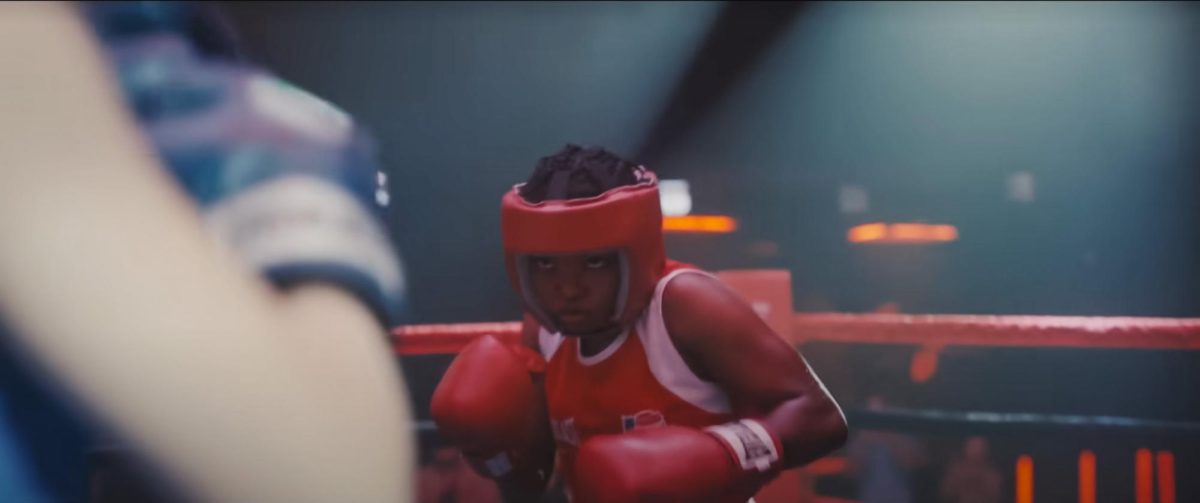

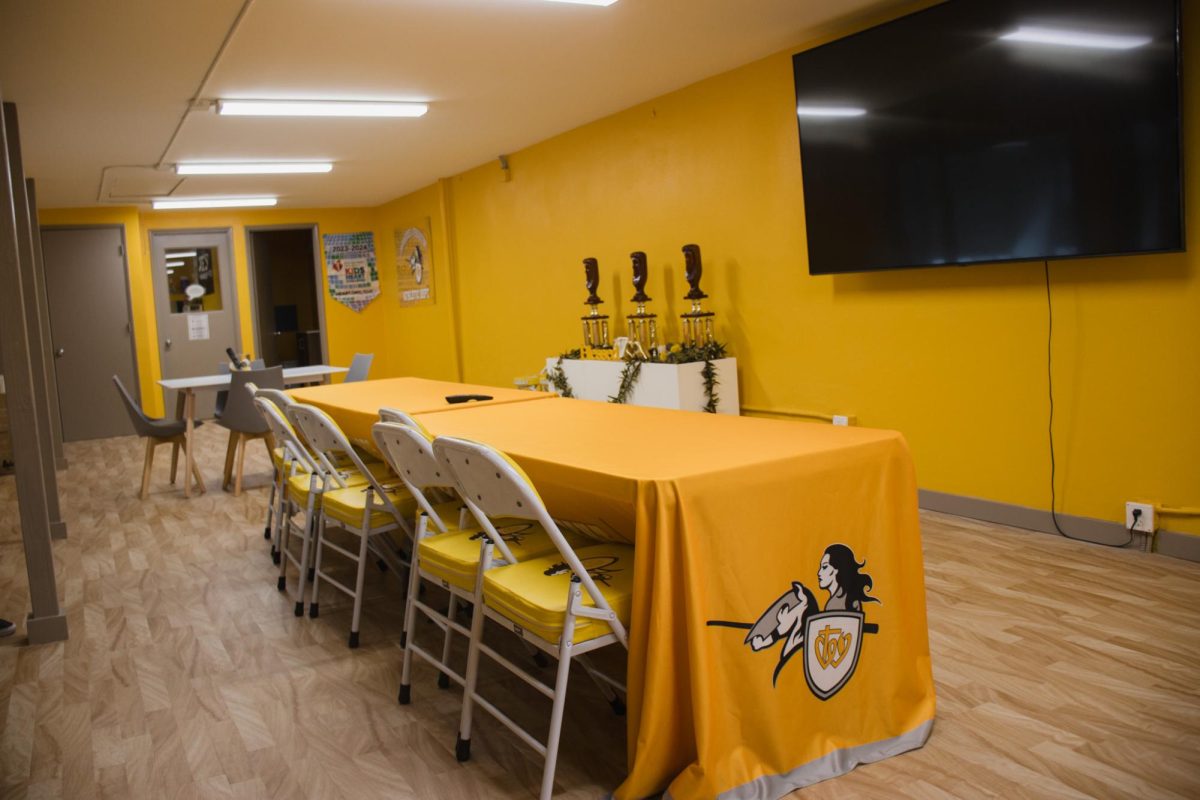




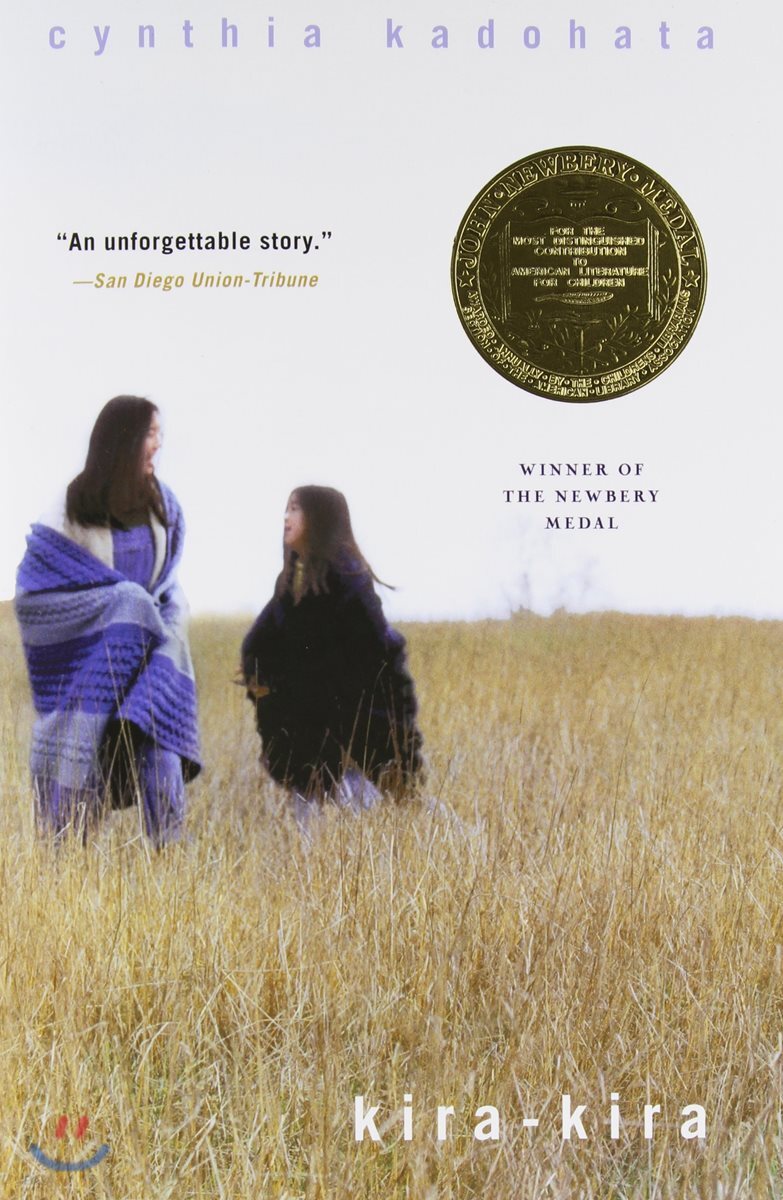
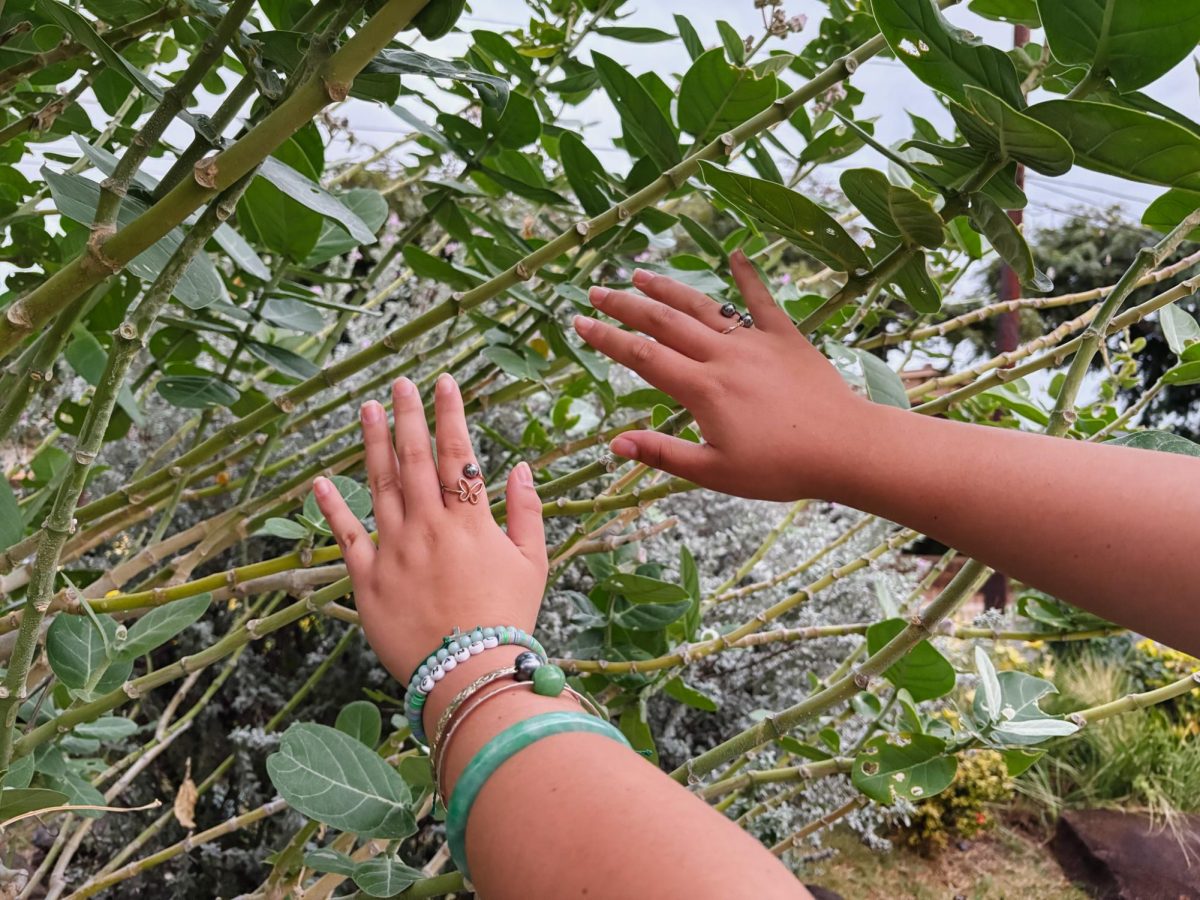

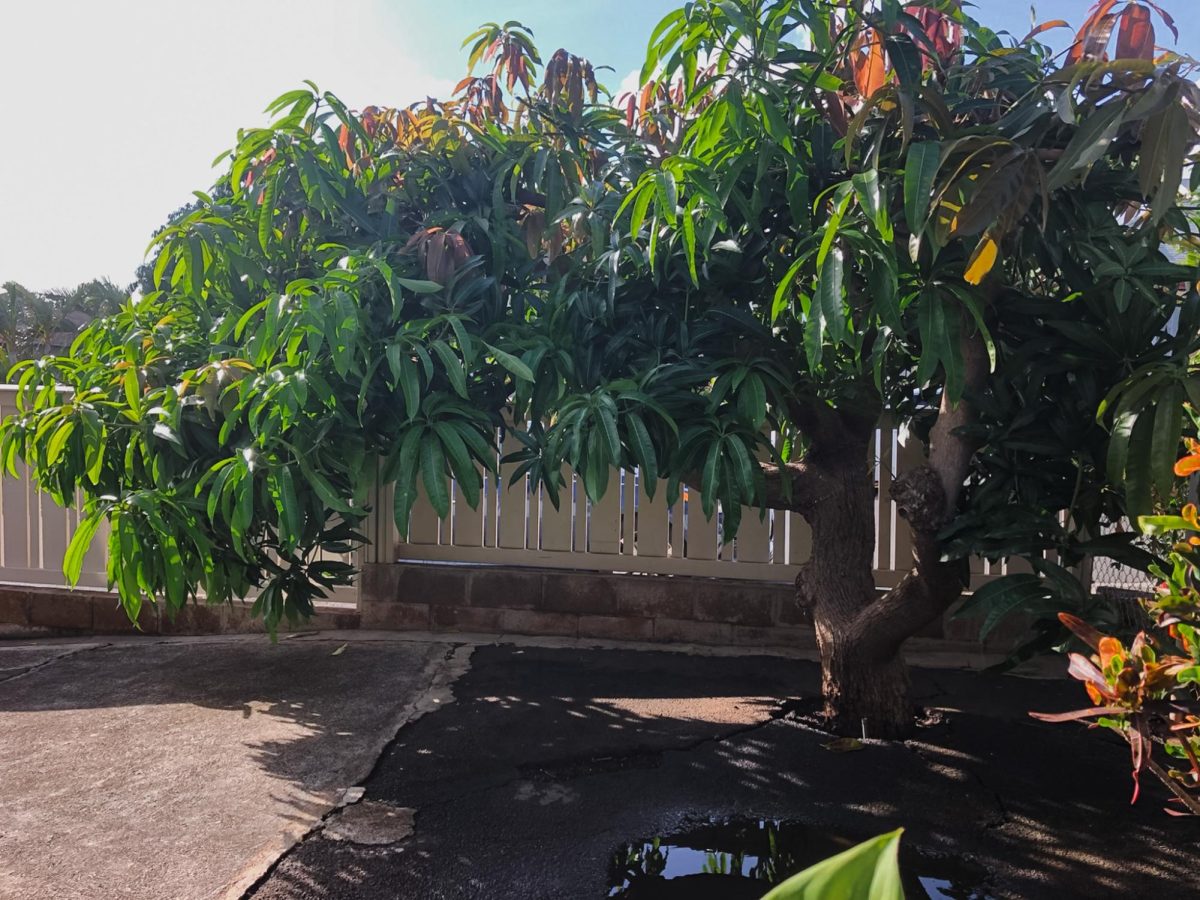



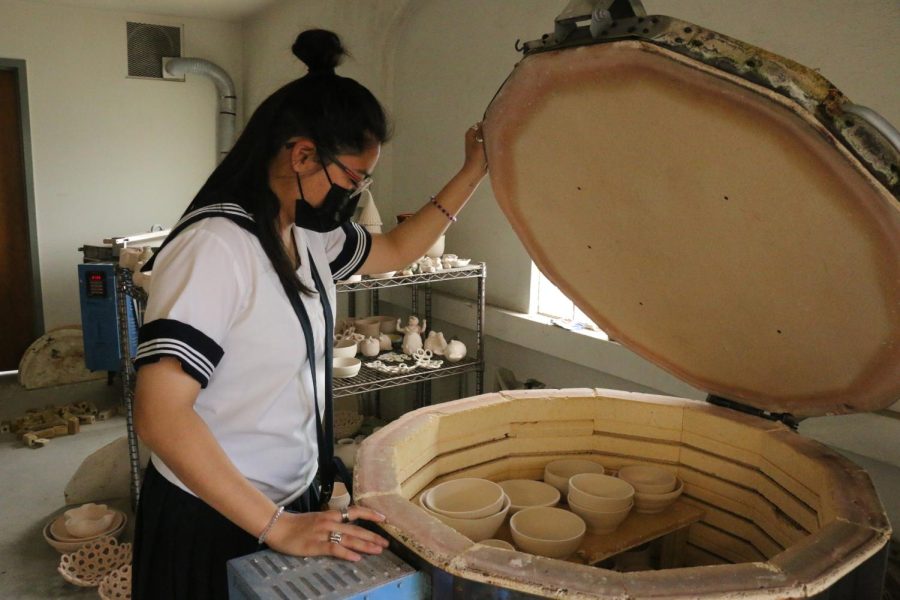

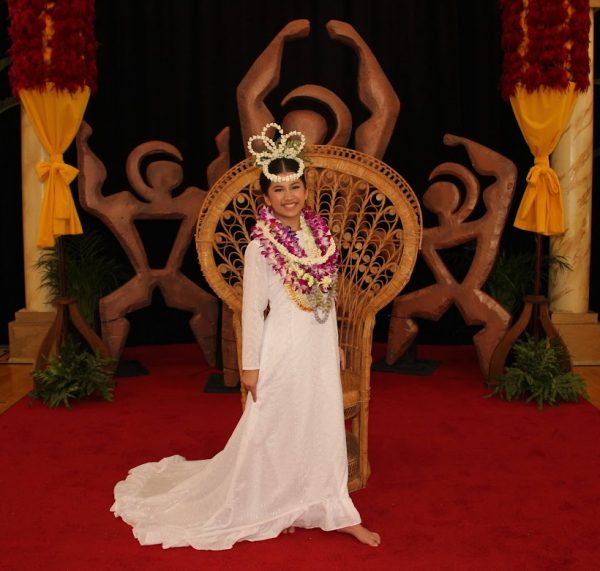

Mahina Monsarrat-Ohelo • Apr 23, 2023 at 9:56 pm
Love this article!! The pieces are incredible.
Samantha Europa • Apr 20, 2023 at 12:27 pm
So inspiring!! I loved seeing the actual pieces created. They are gorgeous!!
Kaelin Apuakehau • Apr 20, 2023 at 12:18 pm
I loved this article, very detailed and the pictures supported the article! I also don’t see or hear much about our ceramic class, it was great to see and learn about it 🙂
Ava Damo • Apr 20, 2023 at 12:11 pm
I really enjoyed reading this article and seeing the pieces. This article inspires me to take ceramics again!
Emily Trueba • Apr 18, 2023 at 2:22 pm
Love the explanation and inclusion of media. Well written piece that made me want to pursue ceramics!